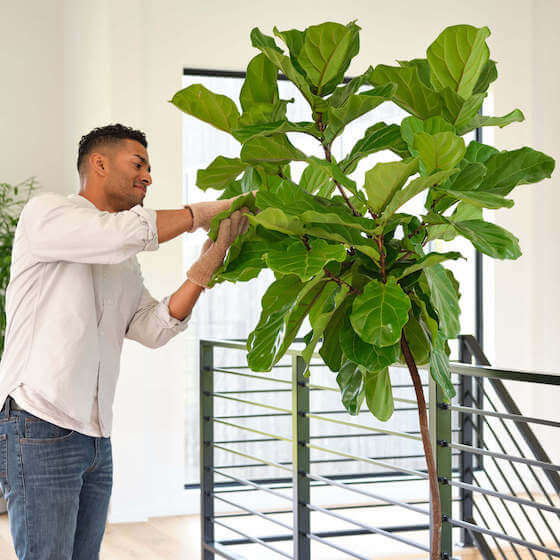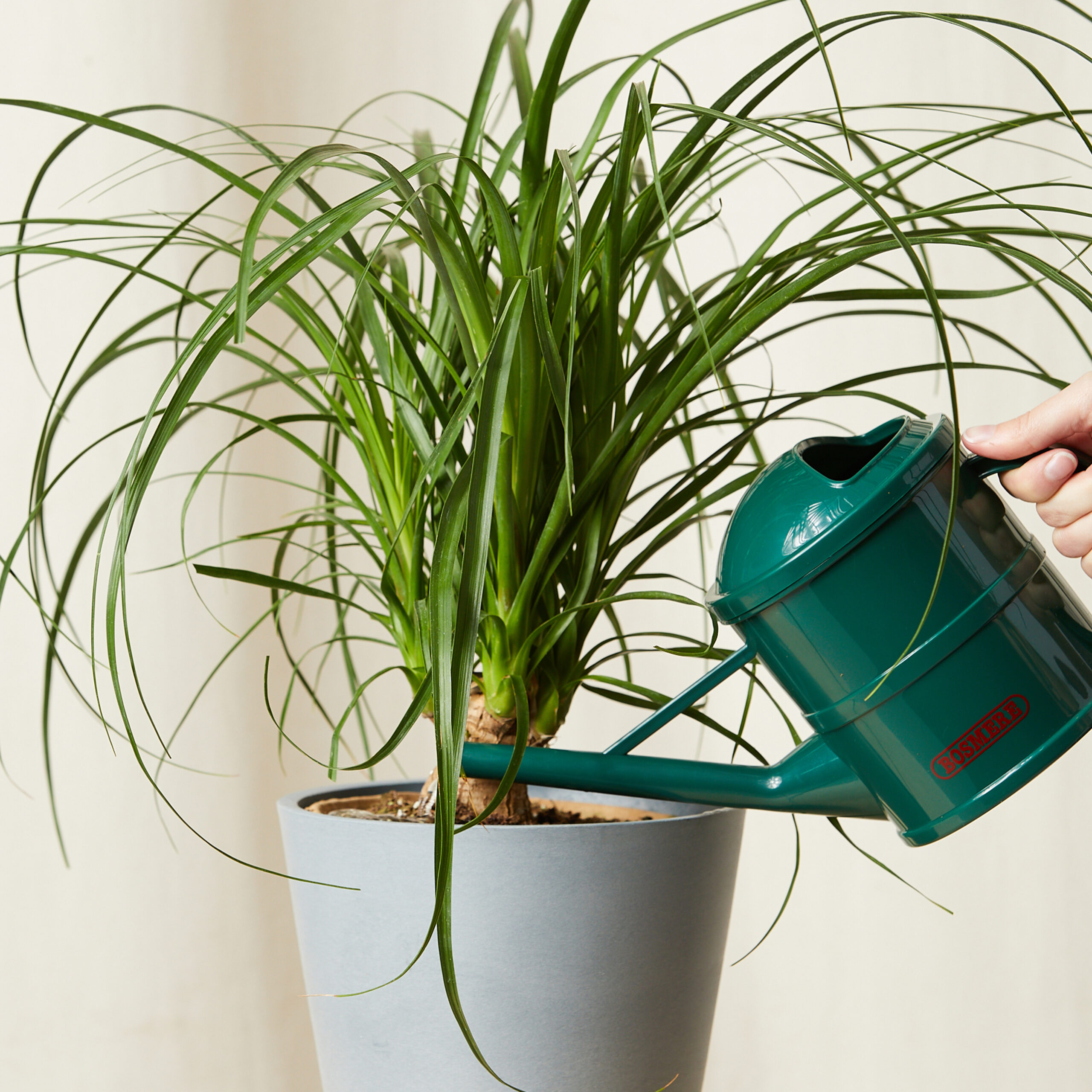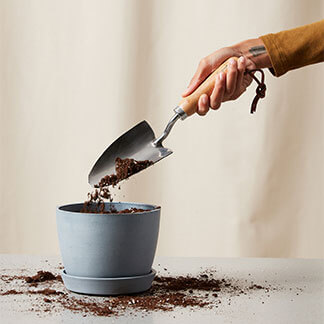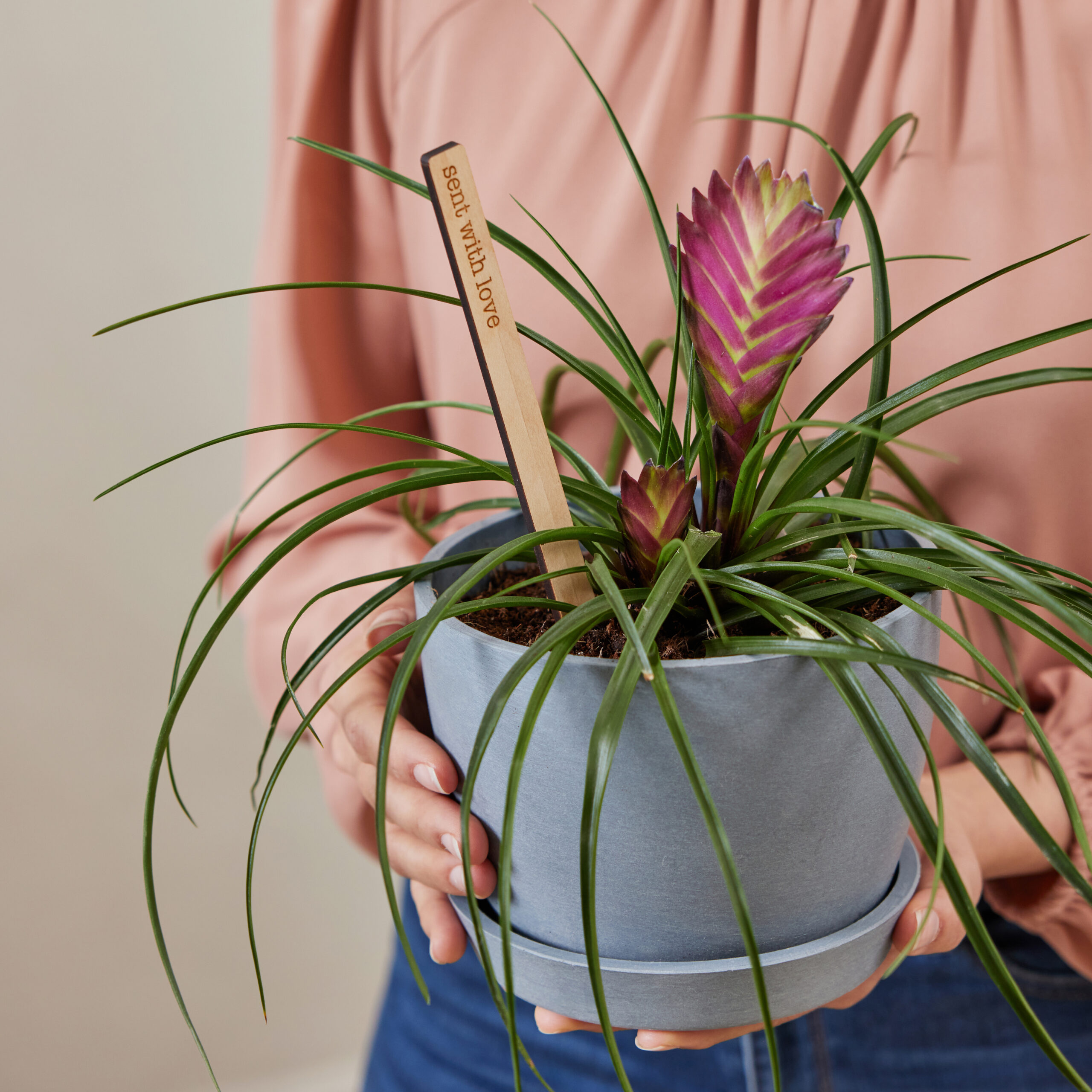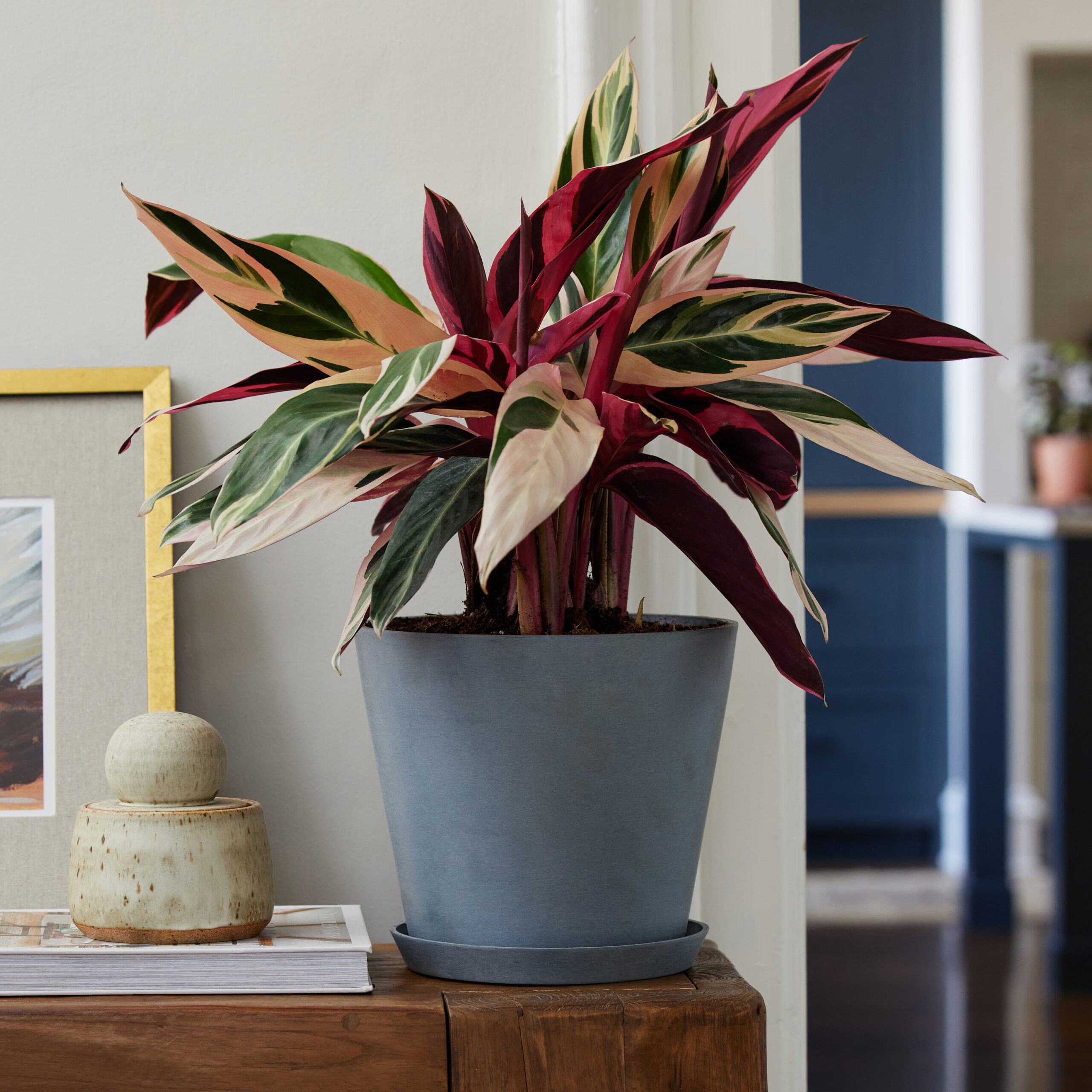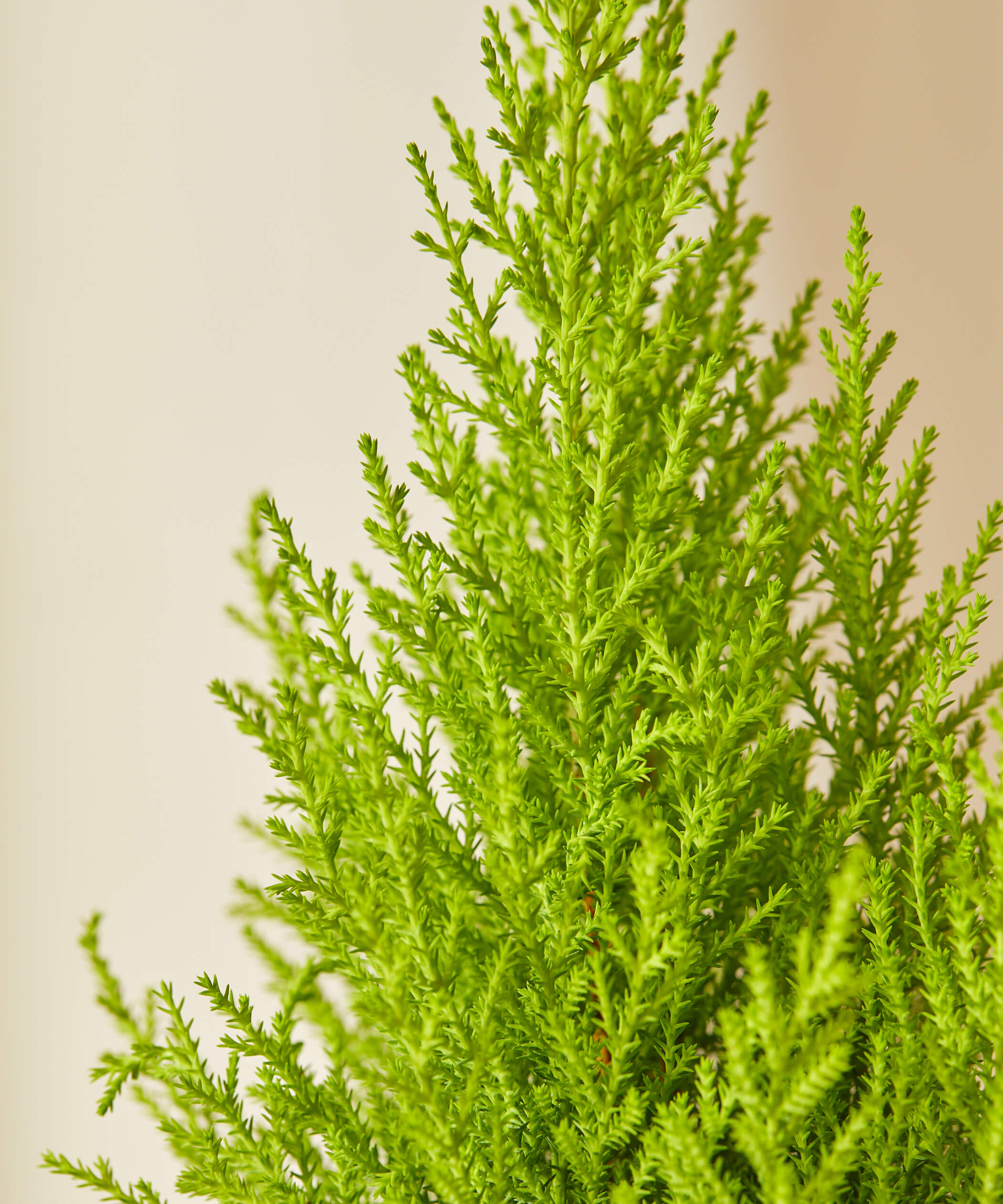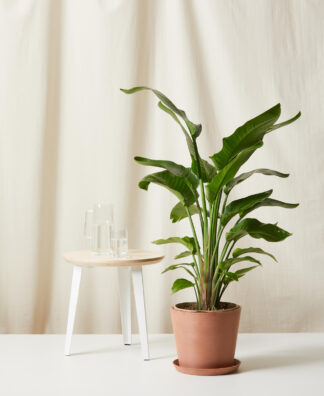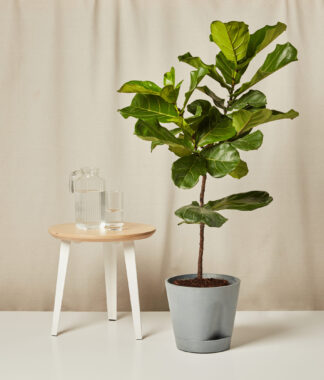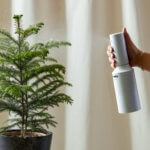How to care for your Conifer
Use these instructions to care for a Conifer. This guide will tell you how to water a Conifer; its light, temperature, humidity preferences and any additional care it might need to help it grow.
Lemon Cypress
Your Lemon Cypress prefers bright indirect light since too much sun discolors its needles. It will not do well in medium or low light environments. Plus, you’ll need to perodically rotate your plant about a quarter turn to promote even growth.
You can water your Lemon Cypress about once a week if the top 1 to 2 inches of soil feels dry. Underwatering your plant causes it to turn brown, but be careful not overwater it. This can lead to root rot.
Your Lemon Cypress benefits from added humidity, especially during the winter months. You can increase humidity for your Lemon Cypress by using a pebble tray underneath its pot, placing a humidifier nearby, or grouping it near other plants.
Your Lemon Cypress prefers cool to average room temperatures between 60-70°F. Avoid exposure to heating or cooling vents which can cause the humidity to drop.
The Lemon Cypress grows in infertile soil in its natural habitat. Thus, you won’t have to fertilize your plant hardly at all, but once a year in the spring, you can add a small amount of liquid, organic fertilizer diluted at half strength.
Lemon Cypress is considered to be toxic to pets and humans if ingested.
Branch tips turning dry and crispy is a common sign of low humidity that can occur over the winter months. Increasing humidity will often solve this issue. Lemon Cypress plants naturally maintain a narrow, upright growth pattern and generally do not need to be trimmed, but feel free to lightly prune your plant to enhance the shape or to remove dried, brown tips.
Norfolk Pine
Your Norfolk Pine thrives in the full sunshine. So your best option is placing it in front of a south-facing window. While your plant can adapt to indirect or medium light, it can lose some of its fullness. Therefore, you may need to supplement with a grow light.
When 25% of the soil is dry, your Norfolk Pine will need a drink. Likewise, you can water your plant every two weeks until the water drains from the holes in the pot. Keeping the soil moist works best, but make sure it doesn’t become soggy or waterlogged.
Norfolk Pine care also requires maintaining some humidity in the room, especially if the air is dry or if you run your heater in the winter. You can add moisture to the air by using a humidifier or a pebble tray, or by grouping it with other plants that love humidity.
Warm temperatures work best for the Norfolk Pine. Keeping its space between 65℉ to 70℉ will keep this plant happy.
Fertilizing your Norfolk Pine with a general-purpose 20-20-20 formula provides optimal nutrition but as long it’s measured at a weak strength and diluted with water. You should aim for once a month during the spring and summer months.
Norfolk Pines are toxic to pets and humans.
To encourage faster growth on your Norfolk Pine, move it outdoors to a shaded or partially shaded spot during the summer. Wait until all danger of frost has passed before moving it outdoors and bring it back in before the first frost in fall.
